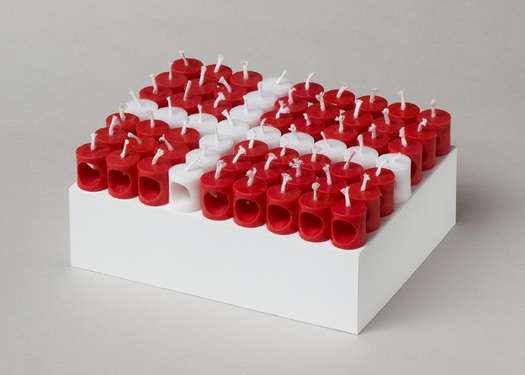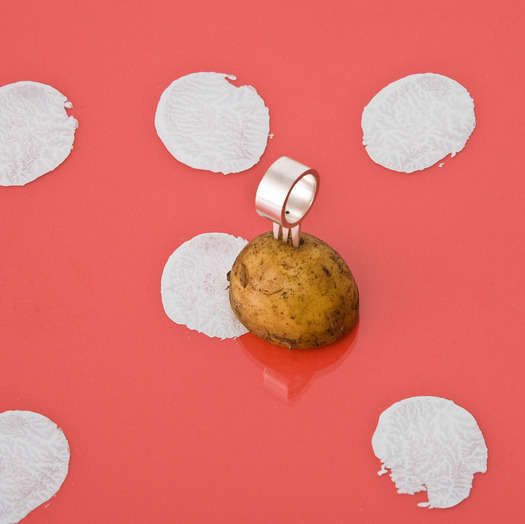"OF COURSE I KNOW IT DOESN'T MAKE ME UNIQUE THAT THERE'S A PLACE IN DENMARK CALLED MOUNT KATRINE"
Language plays a crucial role for the sense of national cohesion. It takes a certain familiarity with the Danish language to be amused by place names such as Lille Høm, Lem, Sæd, Øllebølle, Gammel Dejbjerg, Bredballe and Pothøj (which can be read as Little Poo, Knob, Semen, Beer Thug, Old Dough Mountain, Wide Buttocks and Pot Hill) – and maybe it takes a particular type of humour, too.
Among the common clichés about Danish identity is the notion that Danes are humble and modest people, who comply with the first rule of the Jante Law: "Thou shalt not believe thou art something". With this cliché in mind, it might seem surprising that so many Danish place names end in -bjerg (mountain), since Denmark's highest mountain is little more than a large hill. "Of course I know it doesn't make me unique that there's a place in Denmark called Mount Katrine" addresses and challenges this cliché of the humble Dane.
"Mount Katrine" is a signet ring based on my own fingerprint, which has been treated as a topographic map and transformed into a three-dimensional contour map or a small "mountain" of silver. As an object, there is some Lilliputian and humble about "Mount Katrine", but as a ring, "Mount Katrine" is large and heavy with an underlying concept that is anything but modest.
To make a ring based on one's own fingerprint flies in the face of the Jante Law "Thou shalt not believe thou art something", exacerbated by the fact that only a select few can have a ring made out of their own fingerprint. It requires having a first name that is included in one of the following place names: Annebjerg, Bodilbjerge, Catrinebjerg, Eskilsbjerg, Frederiksbjerg, Fru Mettes Bjerg, Gunildsbjerg, Ingesbjerg, Jesbjerg, Kajbjerg, Karlebjerg, Katrinebjerg, Keldbjerg, Kirstinebjerg, Kjeldbjerg, Knudsbjerg, Lisbjerg, Mariebjerg, Sinebjerg, Svensbjerg – a particular group of place names featuring a Danish first name and the suffix -bjerg.



















